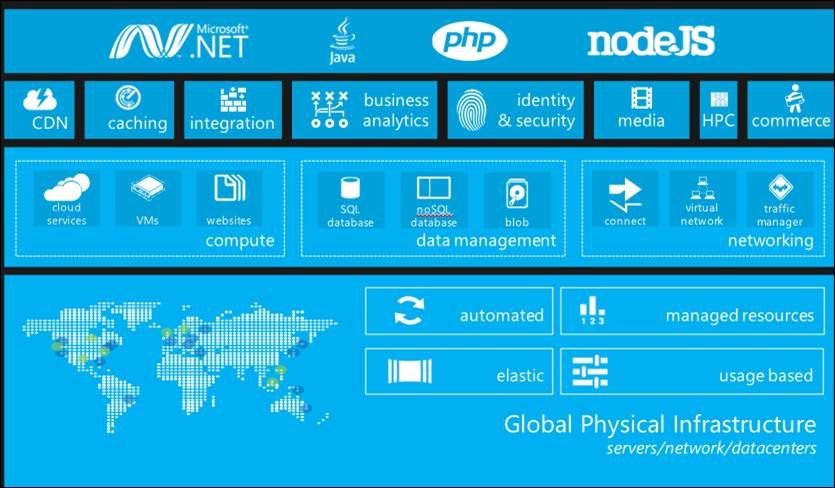

In this example, we have selected the following two roles. In this case, I gave “HelloWorldCloudService”, as shown above.Ĭlick “OK” in the “New Project” dialog box, which will open “New Microsoft Azure Cloud Service” Window, as shown below. Provide a meaningful name to the project.

Open Visual Studio (I am using VS 2013) and select “Azure Cloud Service” template under the “Cloud” templates in the “New Project” Window, as shown below.
AZURE LOCAL CLOUD HOW TO
In this article, we will learn, how to create a basic “Hello World” Cloud Service, using Visual Studio. Azure Cloud Service – Enable Remote Desktop using Visual Studio.Azure Cloud Service – Scale Out Instances using Visual Studio.Azure Cloud Service – Scale up Instance Size.Azure Cloud Service – Delete Slot using Azure Management Portal.Azure Cloud Service – VIP Swap using Azure Management Portal.Azure Cloud Service – Create Staging Slot using Azure Management Portal.Azure Cloud Service – Deploy Cloud Service using Azure Management Portal.Azure Cloud Service – Create a new Cloud Service using Azure Management Portal.



 0 kommentar(er)
0 kommentar(er)
